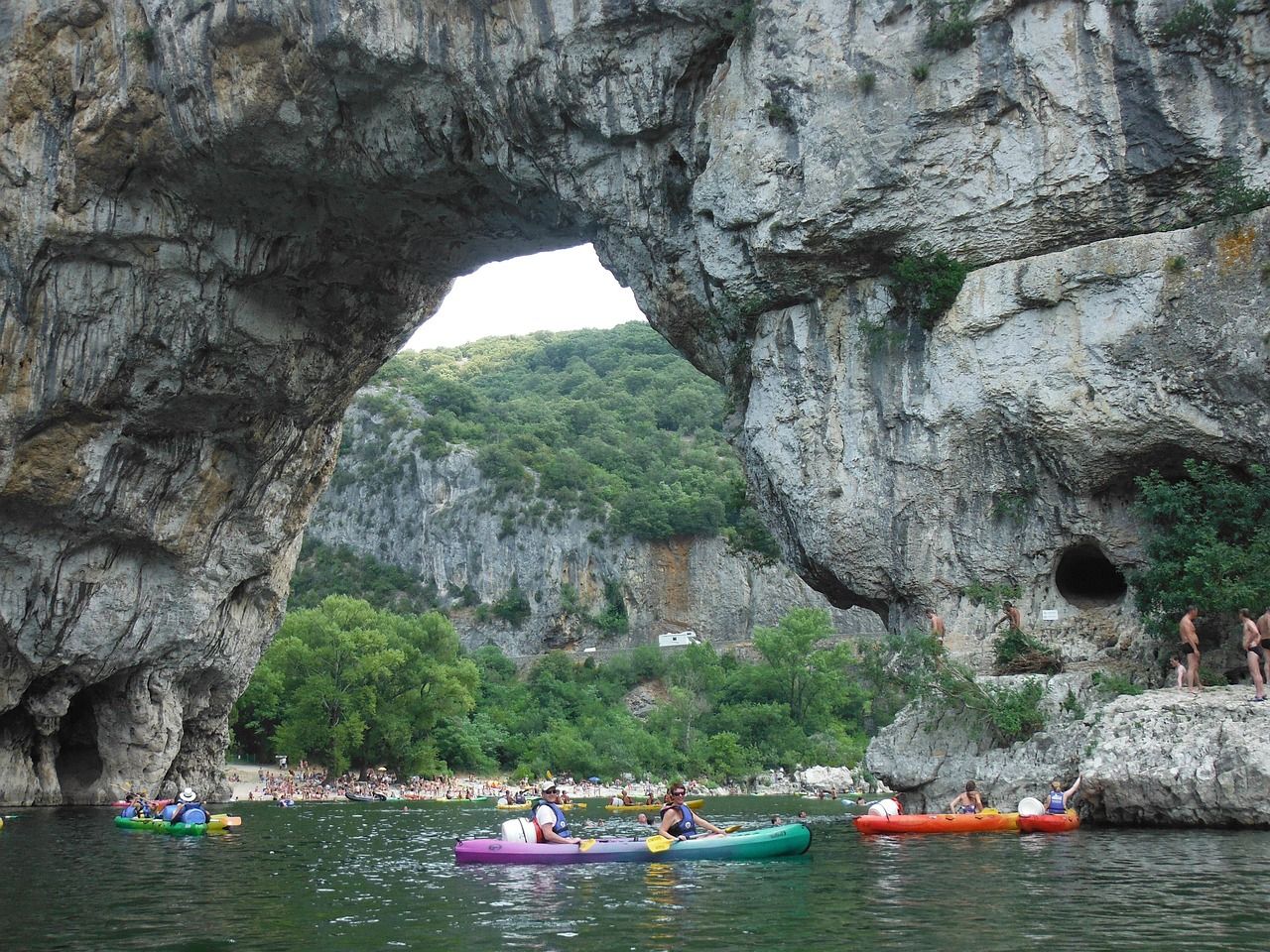




Introduction to Kano
Kano is a city located in northern Nigeria, known for its rich cultural heritage and historical significance. It serves as a major route of the trans-Saharan trade and has been an important settlement since ancient times. With over four million inhabitants living within approximately 449 km² (173 sq mi), Kano offers visitors a glimpse into centuries of Arab, Tuareg, Kanuri culture through its language and traditions.
Key Attractions and Points of Interest
Two key attractions in Kano are the Emirate Council Palace and Kuranga Mixed Barrier, both offering insight into local history and customs.
# Emirate Council Palace:
The Emirate Council Palace is a traditional institution inside Kano city boundaries that continues to uphold authority under Kano State Government jurisdiction. Visitors can explore the palace’s architecture while learning about its role in preserving Hausa culture.
# Kuranga Mixed Barrier:
Located near Kano, Kuranga mixed barrier provides an opportunity for visitors to witness natural wonders alongside a blend of Kanuri and Tuareg cultures. The barrier serves as a reminder of ancient trade routes between various ethnic groups in Nigeria.
Cultural and Historical Context
Kano’s cultural heritage dates back centuries before British colonization when Islam arrived in the city, transforming it into a center for commerce and wealth. Today, Kano remains associated with its status as “commerce centre” while maintaining local culture through Hausa language speakers numbering over 70 million people across Nigeria.
Practical Information for Visitors:
Two essential tips for visitors include considering weather seasons when planning trips to Kano, as well as respecting local customs by following traditional etiquette guidelines. Although weather patterns may vary depending on the season, general advice suggests traveling during cooler months (e.g., December-February) due to heat from the Sahel savannah zone. Visitors should also familiarize themselves with Hausa culture and respect local customs when engaging with locals.
Conclusion: Why Kano is Worth a Visit
Kano’s appeal lies in its unique blend of Arab, Tuareg, Kanuri cultures combined with centuries-old commerce routes that shaped modern Nigeria. Visitors can explore historical landmarks such as the Emirate Council Palace and Kuranga mixed barrier while experiencing Hausa culture through language speakers exceeding 70 million people across Nigeria. Its rich cultural heritage makes Kano worth a visit for travelers seeking to immerse themselves in local traditions, history, and commerce routes that shaped modern Nigerian society.
Source: Kano Wikipedia
🇰🇷 한국어 보기 (View in Korean)
카노 소개
카노는 나이지리아 북부에 위치한 도시로, 풍부한 문화 유산과 역사적 중요성으로 유명합니다. 그것은 사하라 횡단 무역의 주요 경로 역할을하며 고대부터 중요한 정착지였습니다. Kano는 약 449km² (173 평방 미터) 이내에 4 백만 명이 넘는 주민이 살고있는 아랍인, Tuareg, Kanuri 문화를 수세기 동안 언어와 전통을 통해 엿볼 수 있습니다.
주요 명소 및 관심 지점
카노의 두 가지 주요 명소는 에미레이트 평의회 궁전과 쿠랑가 혼합 장벽으로, 지역 역사와 관습에 대한 통찰력을 제공합니다.
# 에미레이트 평의회 궁전 :
에미레이트 평의회 궁전은 카노 주 정부 관할권에 따라 계속해서 권한을지지하는 카노 시티 경계 내 전통적인 기관입니다. 방문객들은 Hausa 문화를 보존하는 역할에 대해 배우면서 궁전의 건축물을 탐구 할 수 있습니다.
# Kuranga 혼합 장벽 :
Kano 근처에 위치한 Kuranga Mixed Barrier는 방문객들이 Kanuri와 Tuareg 문화의 혼합과 함께 자연의 경이로움을 목격 할 수있는 기회를 제공합니다. 이 장벽은 나이지리아의 다양한 민족 그룹 사이의 고대 무역 경로를 상기시켜줍니다.
문화 및 역사적 맥락
카노의 문화 유산은 이슬람이 도시에 도착했을 때 영국 식민지 이전 수세기 전으로 거슬러 올라갑니다. 오늘날 카노는 나이지리아 전역에서 7 천만 명이 넘는 사람들을 차지하는 하우사 언어 연사를 통해 지역 문화를 유지하면서 “상업 센터”로 지위를 유지하고 있습니다.
방문자를위한 실용 정보 :
방문자를위한 두 가지 필수 요령으로는 Kano 여행 계획시기 기상 계절을 고려하고 전통적인 에티켓 가이드 라인을 따라 지역 관습을 존중하는 것이 포함됩니다. 날씨 패턴은 계절에 따라 달라질 수 있지만 일반적인 조언은 Sahel Savannah Zone의 열로 인해 시원한 달 (예 : 12 월 -2 월)에 여행하는 것을 제안합니다. 방문객들은 또한 하우사 문화에 익숙해지고 현지인들과 교류 할 때 현지 관습을 존중해야합니다.
결론 : Kano가 방문 할 가치가있는 이유
Kano의 호소는 현대 나이지리아를 형성하는 수세기 전의 상업 노선과 결합 된 아랍인 Tuareg, Kanuri 문화의 독특한 조화에 있습니다. 방문객들은 나이지리아 전역에서 7 천만 명을 초과하는 언어 연사를 통해 하우사 문화를 경험하면서 에미레이트 카운슬 팰리스와 쿠랑가 혼합 장벽과 같은 역사적 랜드 마크를 탐험 할 수 있습니다. 풍부한 문화 유산은 카노가 현대 나이지리아 사회를 형성하는 지역 전통, 역사 및 상업 경로에 몰입하려는 여행자들을 방문 할 가치가 있습니다.

답글 남기기